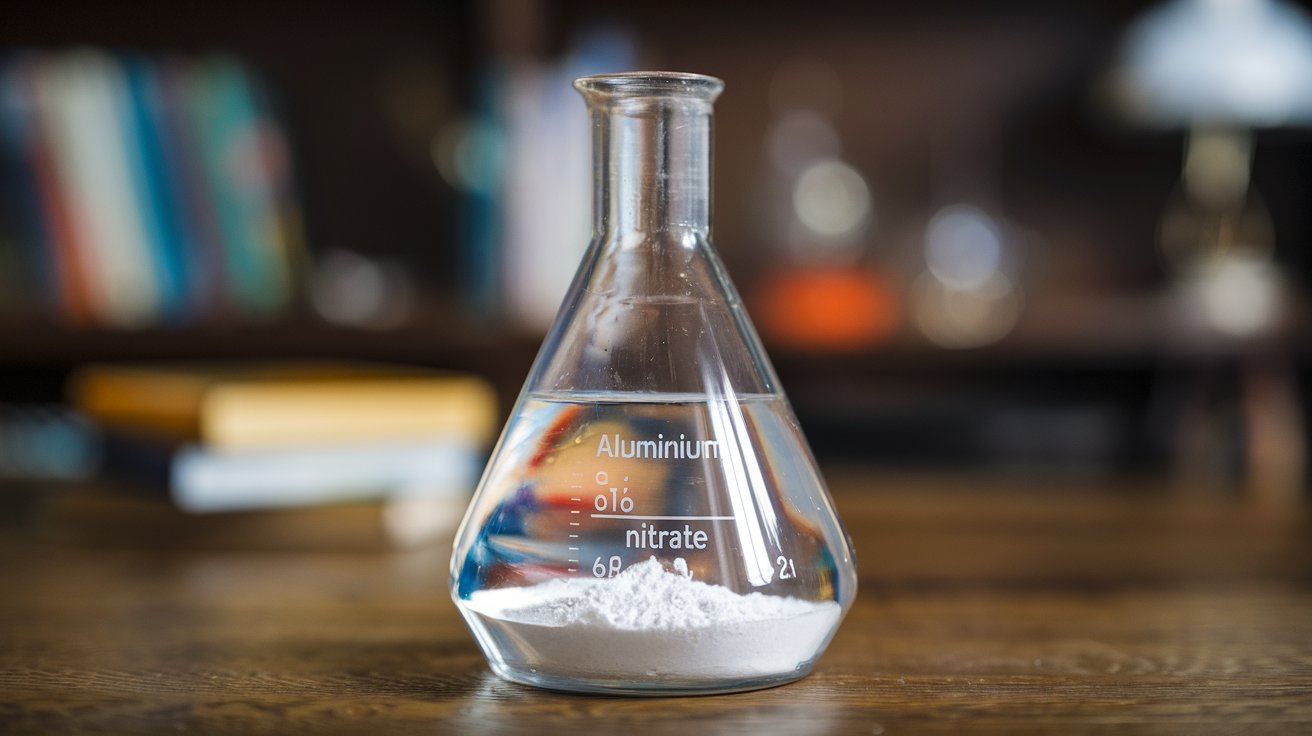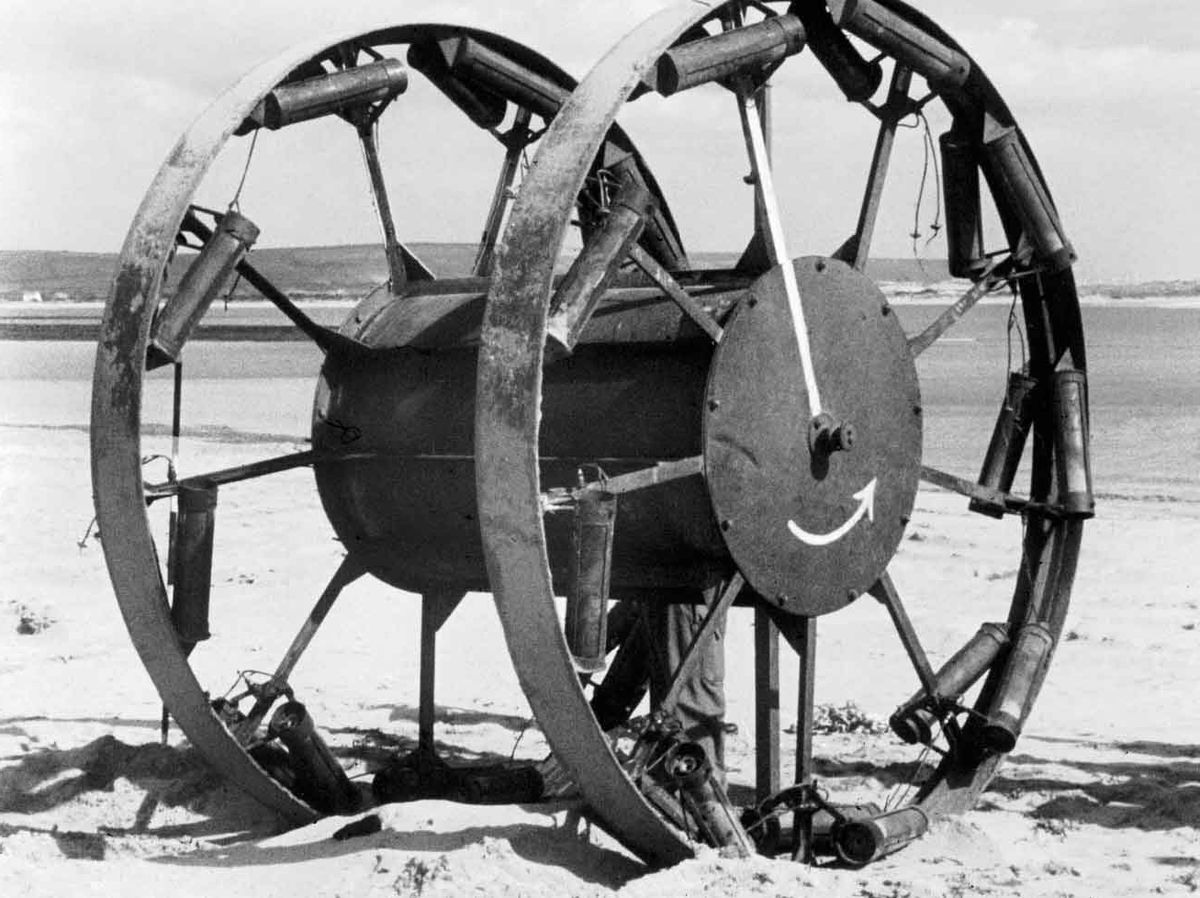
Aluminium Nitrate might sound like a mouthful, but it's a fascinating compound with many uses. Ever wondered what makes this chemical so special? Aluminium Nitrate is a white, crystalline substance that dissolves easily in water. It's often used in the production of other chemicals, in laboratories, and even in some industries. This compound is known for its ability to act as a strong oxidizing agent, which means it can help speed up chemical reactions. Whether you're a student, a curious mind, or someone working with chemicals, understanding Aluminium Nitrate can be both fun and useful. Let's dive into 40 intriguing facts about this versatile compound!
Key Takeaways:
- Aluminium nitrate is a versatile compound with uses in tanning, antiperspirants, and more. However, it requires careful handling due to its potential environmental impact and safety concerns.
- Research on aluminium nitrate continues, with potential future applications in advanced materials, renewable energy, and even space exploration. Its properties may hold exciting possibilities for the future.
What is Aluminium Nitrate?
Aluminium nitrate is a chemical compound with the formula Al(NO3)3. It is commonly used in various industrial applications and scientific research. Here are some intriguing facts about this compound.
-
Aluminium nitrate is highly soluble in water. This makes it useful in many aqueous solutions and reactions.
-
It appears as a white crystalline solid. The compound is often found in a solid state at room temperature.
-
Aluminium nitrate is hygroscopic. It readily absorbs moisture from the air, which can affect its storage and handling.
-
It has a molar mass of 212.996 g/mol. This is the combined weight of all the atoms in one molecule of aluminium nitrate.
-
The compound decomposes when heated. Upon decomposition, it releases nitrogen dioxide and aluminium oxide.
Uses of Aluminium Nitrate
Aluminium nitrate has a variety of applications in different fields. Here are some of its most common uses.
-
It is used in the tanning industry. Aluminium nitrate helps in the tanning of leather by stabilizing the collagen fibers.
-
The compound is used in antiperspirants. It helps to reduce sweating by temporarily blocking the sweat ducts.
-
It serves as a nitrating agent. In organic chemistry, aluminium nitrate is used to introduce nitrate groups into molecules.
-
Aluminium nitrate is used in the production of alumina. Alumina is a precursor for the production of aluminium metal.
-
It is used in the purification of uranium. The compound helps in the separation of uranium from other elements.
Safety and Handling
Handling aluminium nitrate requires caution due to its chemical properties. Here are some important safety facts.
-
Aluminium nitrate is an oxidizing agent. It can cause or intensify the combustion of other materials.
-
It can cause skin irritation. Direct contact with the compound can lead to redness and itching.
-
Inhalation of aluminium nitrate dust can be harmful. It can cause respiratory issues and should be avoided.
-
The compound should be stored in a cool, dry place. Proper storage conditions help to maintain its stability.
-
Personal protective equipment (PPE) is recommended. Gloves, goggles, and masks should be used when handling aluminium nitrate.
Environmental Impact
Aluminium nitrate can have various effects on the environment. Here are some key points to consider.
-
It can contribute to water pollution. If released into water bodies, it can affect aquatic life.
-
The compound can lead to soil contamination. Spills or improper disposal can harm soil quality.
-
Aluminium nitrate can affect plant growth. High concentrations can be toxic to plants.
-
It can contribute to acid rain. When released into the atmosphere, it can form acidic compounds.
-
Proper disposal is crucial. Following environmental regulations helps to minimize its impact.
Chemical Properties
Understanding the chemical properties of aluminium nitrate is essential for its use in various applications. Here are some important facts.
-
It has a melting point of 73°C. This relatively low melting point makes it easy to handle in liquid form.
-
The compound is non-flammable. Although it is an oxidizer, it does not burn itself.
-
Aluminium nitrate is soluble in alcohol. This property is useful in certain chemical reactions.
-
It forms hydrates. Aluminium nitrate can combine with water molecules to form hydrated compounds.
-
The compound is acidic in nature. It can lower the pH of solutions it is dissolved in.
Historical Background
Aluminium nitrate has a rich history in scientific research and industrial use. Here are some historical facts.
-
It was first synthesized in the 19th century. Early chemists discovered its properties and potential uses.
-
The compound played a role in early explosives. Its oxidizing properties made it useful in the development of explosives.
-
It has been used in dyeing processes. Aluminium nitrate helped in fixing dyes to fabrics.
-
The compound was studied for its medicinal properties. Early researchers explored its potential health benefits.
-
It has been used in photography. Aluminium nitrate was part of some photographic processes.
Interesting Facts
Here are some lesser-known but fascinating facts about aluminium nitrate.
-
It can be used in firework displays. The compound helps to produce bright colors in fireworks.
-
Aluminium nitrate can be used in the synthesis of other chemicals. It serves as a starting material for various chemical reactions.
-
The compound is used in some deodorants. Its ability to reduce odor makes it a common ingredient.
-
It has been used in water treatment. Aluminium nitrate helps to remove impurities from water.
-
The compound is used in the paper industry. It helps to improve the quality and durability of paper products.
Future Applications
Research continues to uncover new uses for aluminium nitrate. Here are some potential future applications.
-
It may be used in advanced materials. Researchers are exploring its use in the development of new materials.
-
The compound could play a role in renewable energy. Aluminium nitrate might be used in energy storage systems.
-
It may be used in environmental remediation. The compound could help to clean up contaminated sites.
-
Aluminium nitrate could be used in medical treatments. Ongoing research is exploring its potential health benefits.
-
The compound may be used in space exploration. Its properties could make it useful in various space missions.
The Final Word on Aluminium Nitrate
Aluminium nitrate, a fascinating compound, plays a crucial role in various industries. From its use in fertilizers to its application in dyeing and tanning, this chemical proves its versatility. It's also a key player in water treatment processes, ensuring cleaner water for everyone. Despite its many benefits, handling it requires caution due to its oxidizing properties.
Understanding these facts helps appreciate the importance of aluminium nitrate in everyday life. Whether you're a student, a professional, or just curious, knowing about this compound can be quite enlightening. Remember, knowledge is power, and being informed about the substances around us is always beneficial.
So, next time you come across aluminium nitrate, you'll know it's more than just a chemical name. It's a vital component in many processes that make our world function smoothly.
Frequently Asked Questions
Was this page helpful?
Our commitment to delivering trustworthy and engaging content is at the heart of what we do. Each fact on our site is contributed by real users like you, bringing a wealth of diverse insights and information. To ensure the highest standards of accuracy and reliability, our dedicated editors meticulously review each submission. This process guarantees that the facts we share are not only fascinating but also credible. Trust in our commitment to quality and authenticity as you explore and learn with us.


